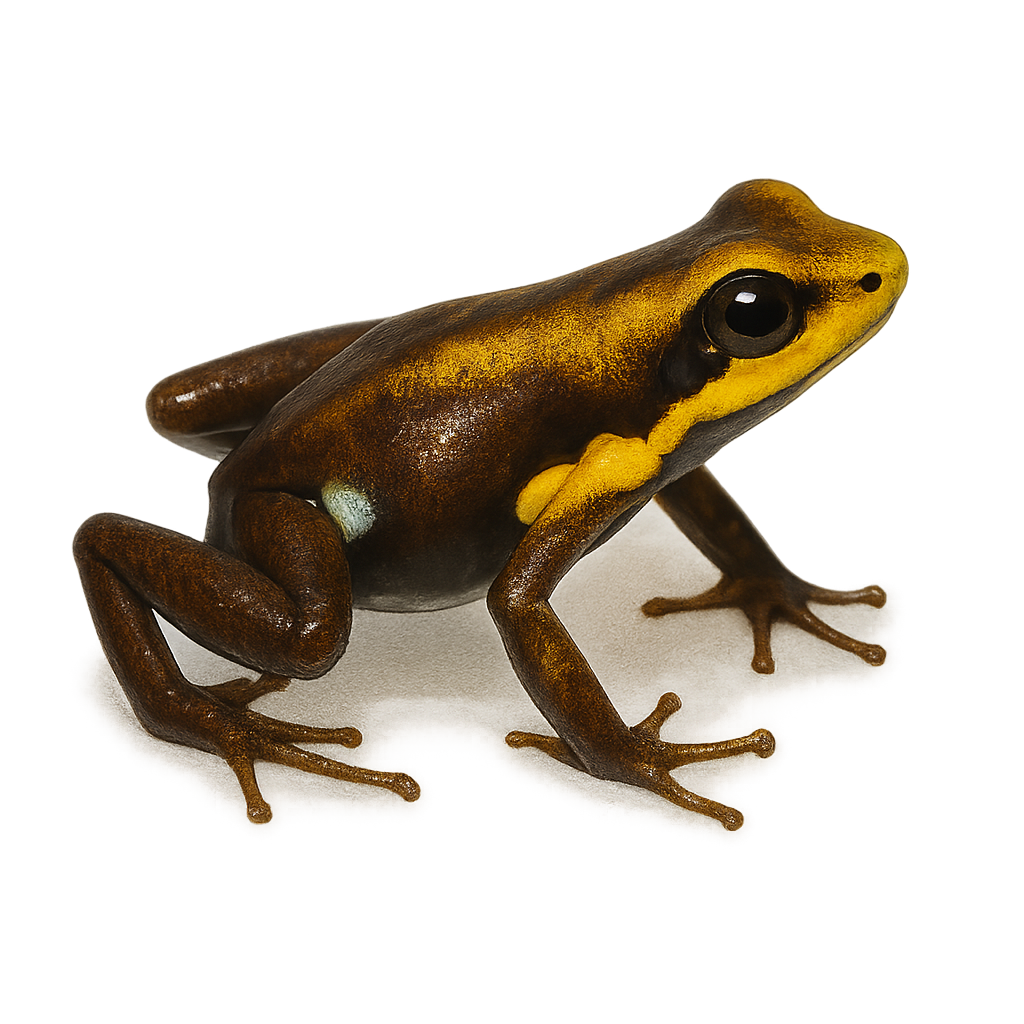Your wildlife photography guide.
Explore the tolima poison frog in detail, study its behavior, prepare your shots.
Where to observe and photograph the tolima poison frog in the wild
Learn where and when to spot the tolima poison frog in the wild, how to identify the species based on distinctive features, and what natural environments it inhabits. The WildlifePhotographer app offers tailored photography tips that reflect the tolima poison frog’s behavior, helping you capture better wildlife images. Explore the full species profile for key information including description, habitat, active periods, and approach techniques.
Tolima Poison Frog
Scientific name: Andinobates tolimensis

IUCN Status: Vulnerable
Family: DENDROBATIDAE
Group: Amphibians
Sensitivity to human approach: Suspicious
Minimum approach distance: 2 m
Reproduction period: March to April
Incubation: 10–14 jours
Births: April to May
Habitat:
Tropical forests, humid undergrowth
Activity period :
Primarily active during the day, with peak activity in the morning and late afternoon.
Identification and description:
The Tolima Poison Frog, scientifically known as Andinobates tolimensis, is a small, brightly colored frog endemic to the tropical forests of Colombia. It is characterized by its smooth skin and vibrant colors, often a mix of red, orange, and black, which serve as a warning to potential predators of its toxicity. This species is typically found in humid undergrowth, where it primarily feeds on small insects. It plays a crucial role in the ecosystem by controlling insect populations. Unfortunately, due to deforestation and habitat loss, the Tolima Poison Frog is considered vulnerable. Conservation efforts are essential to protect this unique species and its natural habitat.
Recommended lens:
Macro – adjust based on distance, desired framing (portrait or habitat), and approach conditions.
Photography tips:
To photograph the Tolima Poison Frog, it is advisable to use a macro lens to capture the details of its vibrant colors. Look for it in the humid undergrowth of tropical forests, where natural light may be limited. Use a tripod to stabilize your camera and a diffused flash to avoid harsh shadows. Be patient and respectful of its space, as this species can be suspicious. Early morning or late afternoon photography can offer softer light and unique opportunities to capture its natural behavior.
The WildlifePhotographer App is coming soon!
Be the first to explore the best nature spots, track rutting seasons, log your observations, and observe more wildlife.
Already 1 431 wildlife lovers subscribed worldwide

